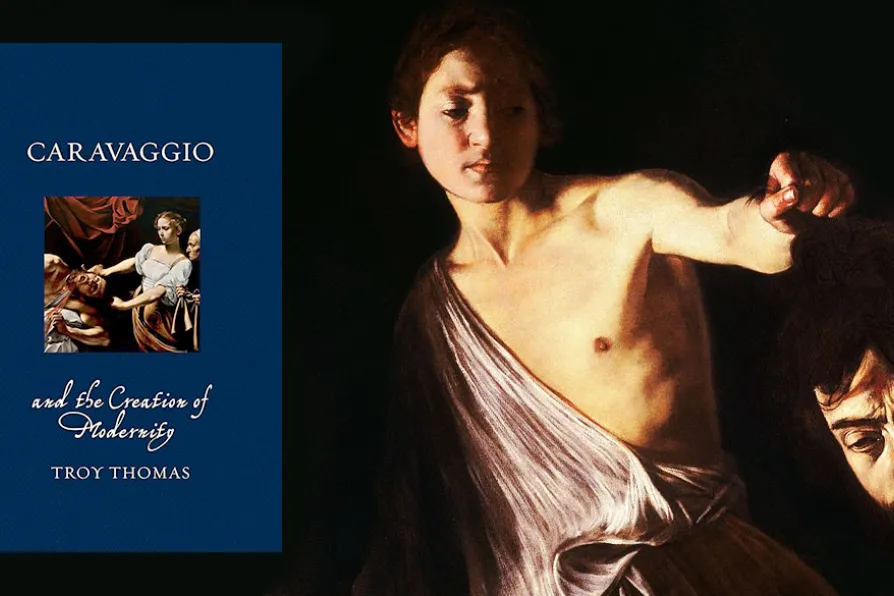DAVID RENTON is puzzled by an ambitious attempt to look back on world culture from the future without engaging with or understanding it
The challenge of proletarian simplicity
GORDON PARSONS finds that it is the ambiguity with which Caravaggio’s art now challenges the beholder that establishes his ‘modernity’

 COMPASSION AND REGRET: David with the Head of Goliath (c. 1609–1610), Galleria Borghese, Rome
[Public Domain]
COMPASSION AND REGRET: David with the Head of Goliath (c. 1609–1610), Galleria Borghese, Rome
[Public Domain] Caravaggio and the Creation of Modernity
Troy Thomas, Reaktion Books, £14.95
NOT another book on the life and work of Michelangelo Merisi da Caravaggio!
Troy Thomas’s admittedly attractive and easily transportable book on a Renaissance painter whose theatrical paintings insist upon attention, so different from the static biblical masterpieces that for the non-expert gallery visitor demand no more than a passing glance, may seem superfluous.
Even adding “the Creation of Modernity” would appear to promise a journey over well-trodden ground, given the ready recognition of Caravaggio’s influence on many modern artists, film-makers and art critics.
Similar stories

BOB NEWLAND recommends an outstanding study of how images have shaped narratives of identity, resistance and power in South Africa

While the group known as the Colourists certainly reinvigorated Scottish painting, a new show is a welcome chance to reassess them, writes ANGUS REID

CAROLINE FOWLER explains how the slave trade helped establish the ‘golden age’ of Dutch painting and where to find its hidden traces

ROSIE NELSON applauds a graphic novel that asks what does it mean to exist as a fat person in a fatphobic society?










